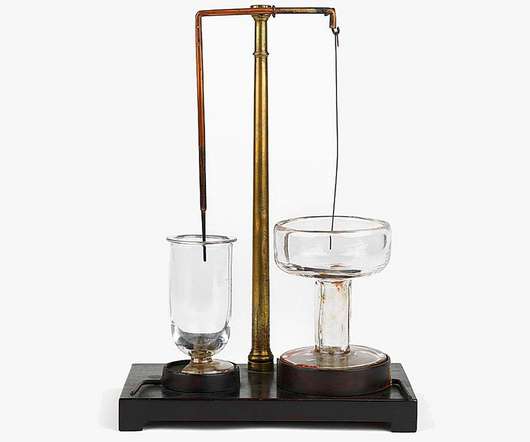Energy storage: the key to a decarbonised future
Setec Powerr
NOVEMBER 23, 2022
Battery storage. Batteries, the oldest, most common and widely accessible form of storage, are an electrochemical technology comprised of one or more cells with a positive terminal named a cathode and negative terminal or anode. Batteries encompass a range of chemistries. Lithium batteries: the future of storage.











Let's personalize your content